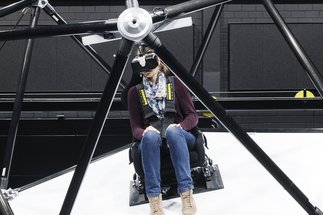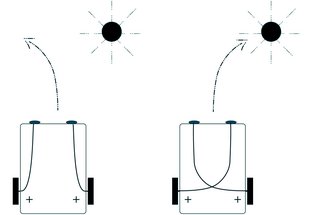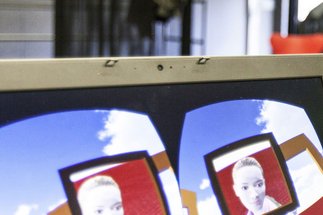
Research in the Cyberneum
The research in the Cyberneum focused on the integration of information from the visual, haptic and balance senses and on the development of efficient algorithms for building assistant systems to help the aging society to cope with the challenges of the decline with age in perceptual and cognitive capabilities. Unique motion simulators have therefore been developed and used.
Traditional psychophysics methods were combined with the most up-to-date computer graphics and Virtual Reality systems to understand the “algorithms of perception”. Psychophysics addressed the mathematical description of associations between physical stimuli and the perceptions they trigger in humans. The use of computer simulations and realistic virtual environments to carry out psychophysical experiments maximized the possibility of dynamic feedback and interactivity. At the same time, this approach allowed complete control over all the aspects of the simulation to reach accurate conclusions about human perception.


